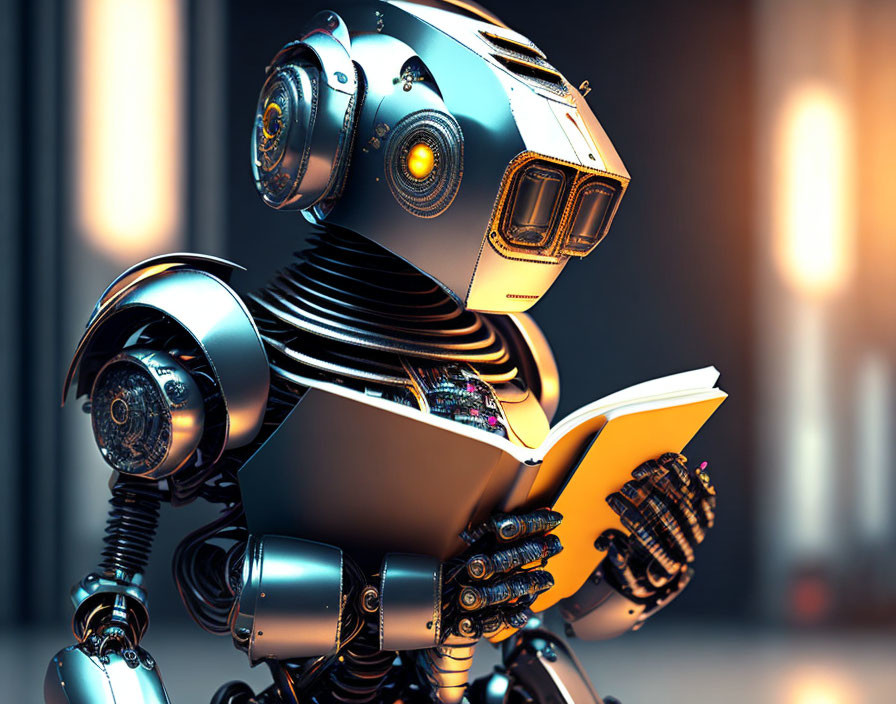AI can make great technology even better. Job costing software is already a fantastic tool for data tracking, and with AI it can become even more valuable to construction companies.
Here are a number of places where machine learning & AI can help with job tracking:
Job Cost Reports
With machine learning, software can review your data to find what's normal and what's out of line. When a machine learning algorithm pores over past job cost reports, it can get a baseline of your operation. If something happens that's out of the ordinary, the system can notify you.
To be more specific, your current accounting software might notify you when you're over or under budget. With AI, it can go a step beyond by noticing trends. It might see that a certain subcontractor is consistently taking longer than scheduled, or that one of your vendors is saving you money. These observations can help you manage each job more efficiently.
AI enhanced accounting software can read reports like a human, but it can also notice little details that we might have missed. It's like having an astute accountant looking for ways to save you money.

Speech Recognition
Although we've had speech recognition for many years, AI has greatly improved it. Instead of just trying to recognize words, it can now recognize the meaning of what we're saying. This can allow you to run your software using flexible voice commands.
Imagine pulling out your phone while on a work site. You open up your cloud accounting software and say, "I need a work-in-progress report for the Senior Center job." The app pulls up the exact report you need. You double check that it has all the recently added expenses, and when you're satisfied with it you say, "This looks great. Can you email this to Scott Peterson?" The app confirms your request. It shows a window with your report, now compiled in a pdf, and Scott's email address. "Would you like to send this report to Scott?" You tap the "Yes" button, and the report is sent off. This took less than a minute. No keyboard necessary. No office needed. You don't even need to know how to run that report manually. Effective speech recognition can practically eliminate the learning curve for new software.

Custom Reports
With great speech recognition, you can imagine how simple it would be to run a custom report. "I need a summary of all job costs for the last 6 months. Actually, let's make that 8 months. Great." You can review the report and decide if you want to change the formatting. "Can you sort this so over-budget items are first? Highlight that first line in red. Perfect. Print 2 copies and email another copy to me."
Anomaly Detection
Anomaly Detection - We already have IOT (Internet of things) devices that allow to get data from things like a home thermostat or washing machine. This has been great for the construction industry, because heavy equipment can send important maintenance information to its owner, like usage hours and fuel levels. That data can be imported into accounting software and used to track expenses.
Now we can take it to the next level with AI. What if machine learning was able to actively learn about your equipment? Take as excavator, for example. AI can learn how long it takes for the engine to reach operating temperature, factoring in the outside temperature. It can learn how much voltage it should be drawing during regular use. After the machine learning gets a baseline for normal operation, it can alert you when things are out of whack. This can help you find small problems early, when they're much cheaper to fix, rather than waiting for a catastrophic failure.
Anomalies may also be found i.n labor data. If your best electrician usually gets work done on time, AI would detect that pattern. If something went wrong on a job, it would probably take that electrician longer than normal. At that point, the software could notify the foreman that there may be an issue. The foreman could touch base with the electrician to make sure everything is going all right.
The system might notice other patterns, like cost overruns that occur every time drywall is involved. Or maybe a lot of repeat work is being done when you use materials from a particular vendor. These are all things that decision makers would want to know about. Unfortunately, sometimes we're preoccupied with other problems and we miss important details like that. AI can help us avoid overlooking these potential issues.
Optimizing Profit
Accounting can often focus on finding problems, which is great. However, we can find opportunities too. An AI system might notice that certain types of jobs tend to be more profitable. Or, on a more granular level, it may notice that one particular phase is holding back your profitability. For example, your landscaping business may excel at installing sod, but it works more slowly on sprinkler installation. The system could alert you of this observation, and you could look for ways to improve your sprinkler game. Maybe a new approach or more training could make things run more smoothly.
Optimizing Labor
Because job costs are collected with granular detail, an AI system could assess your labor data to see which employees are most efficient. You must end up moving a worker from one area to another and find that they are happier on the job.
Forecasting
An AI assistant can use past job data to predict how long a job will take to complete. It can make these predictions based on data, rather than opinion. It can even tell you which phase is most likely to run into changes, based on past change orders you've processed. The more jobs it can analyze, the more accurate it will become over time.

Data Entry & Data Import
If you don't want to pile up paperwork on your bookkeeper's desk, AI can help. Instead of carrying around receipts and invoices in your truck, you could enter them with your phone. Just open up your accounting app and tell it, "I need to enter a receipt for the Winslow job." The camera opens and the app directs you to take a photo of the receipt. Once you've snapped the photo, it can take it from there. It requires minimal human input.
In Conclusion
AI will be a ubiquitous part of the future, whether we like it or not. We can either be steamrolled by it while our competitors use it, or we can adapt and put it to work for ourselves.